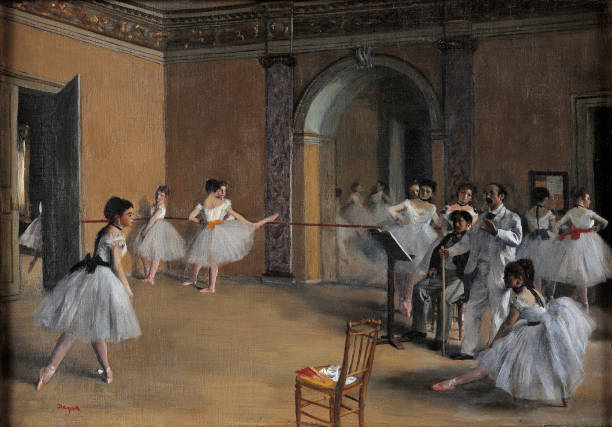The sculpture scandal
It didn’t take long for the controversy to spread and James Colomina’s response was « I don’t give a f**** ». « Silentium » was seen as a very strong message for some but by others it was considered very inappropriate given the location. In fact, the message concerns the silence concnerning the accusations of sexual abuse by the former founder of Emmaus. The artist explains, however, that for a long time he believed that a church, whether desanctified or not, was untouchable. His choice of location tells the whole story. If the church continues to hide these allegations, they will display works such as this one to tell the truth.
Allegations against the French church
Allegations have surfaced in the context of an investigation into the catholic church in France. A report was published after Abbée pierre’s death by the Independent Commission on sexual abuse (CIASE) in 2021. Nevertheless, the allegations remain vague and poorly documented, with no clear evidence or testimony to proof. Some voices, however, such as the artist, highlight the culture of silence and protection of high-level religious figures. Also, it represents the role of the justice system in minimizing certain acts. The accusations of sexual abuse in the catholic church in France are a real source of debate and a very sensitive reflection. It raises questions about responsability, transparency and reparation for victims.
Art and politics, an ongoing dialogue
Art is a powerful way for artists to convey an important message. It is a source of freedom of expression. For example, The studio of the painter by Gustave Courbet represents social injustice in lives of peasants, workers and the marginalized, far from classical idealisations. Also, have you ever wondered why so many ballerinas were painted during the Impressionist period ? For instance, the piece of arts of Edgar Degas, highlighted the fact that dancers were often closely linked to prostitution. They were seen at the Time as women of lesser virtue often visited by very rich men behind the scenes.
Throughout history, art has often been used to denounce or take a stand in a political or social context. Polemical or not, this message can be symbolic for the artist and addressed to a public that understands them.











